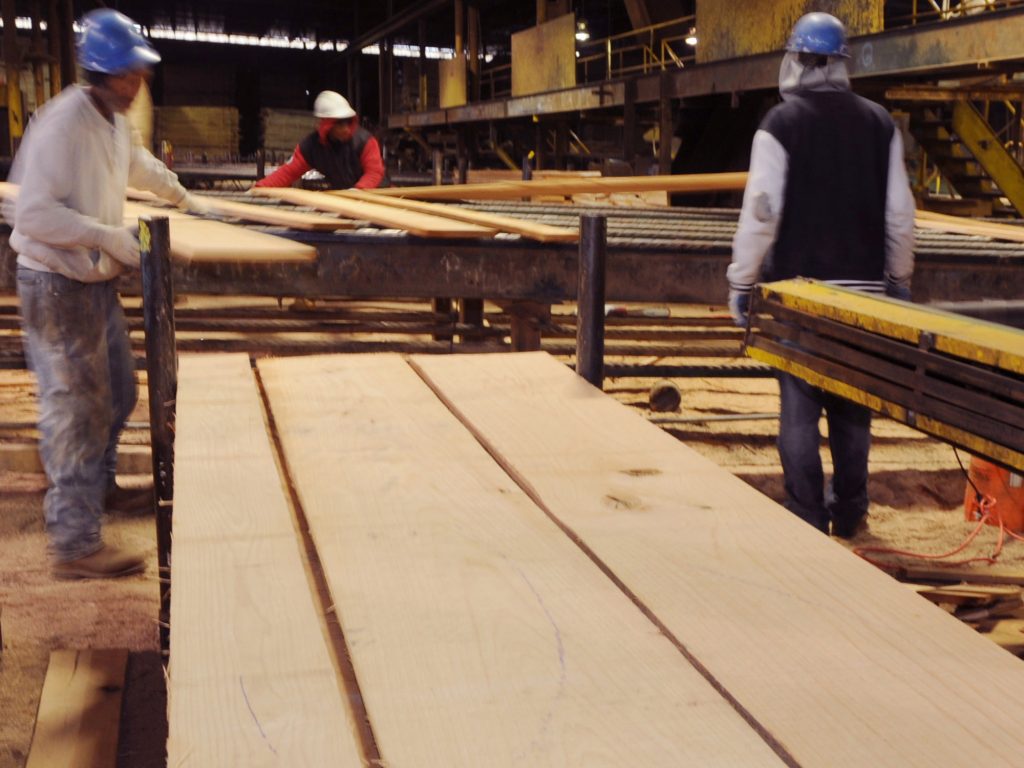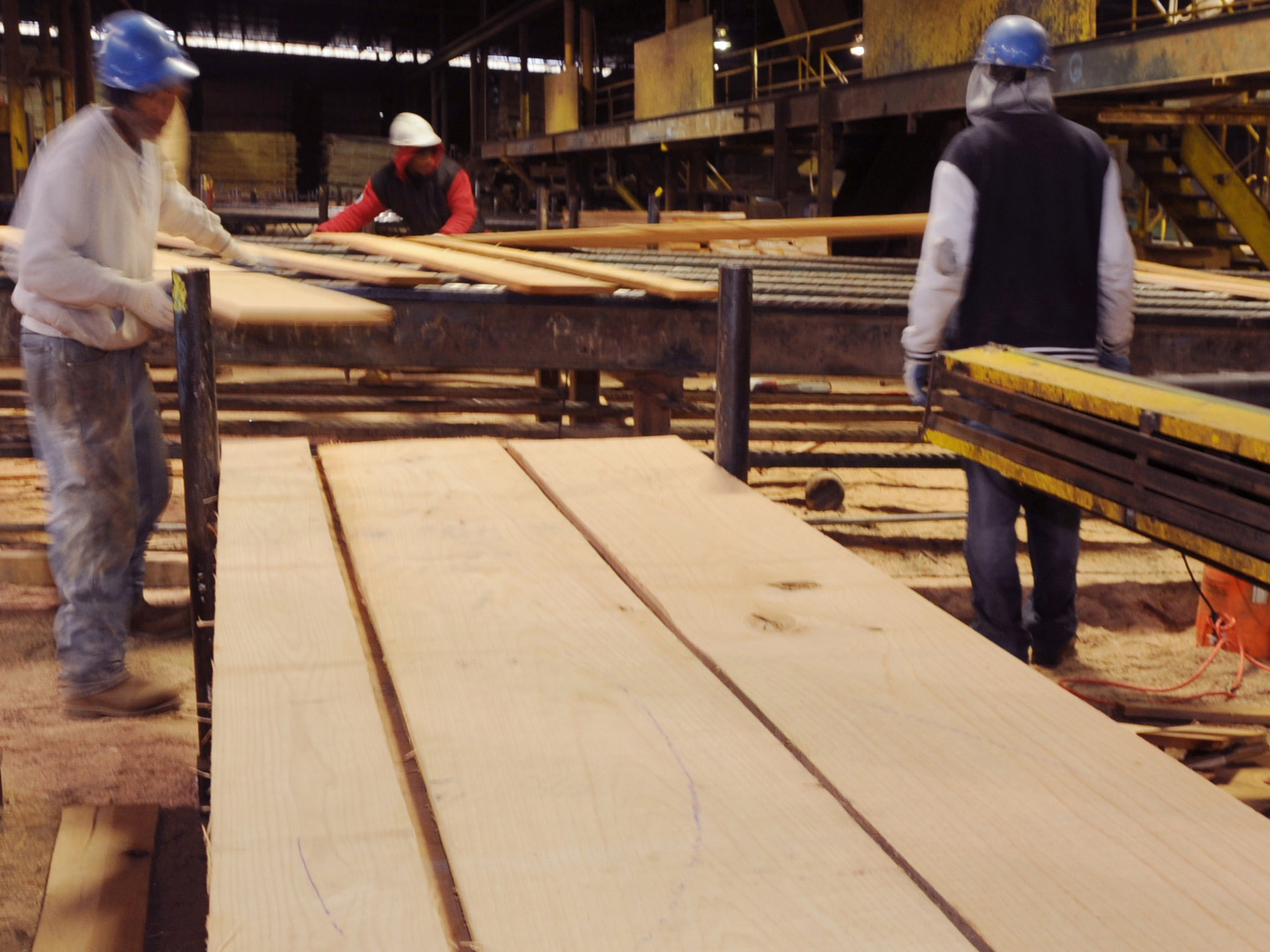For many home improvement projects, lumbers are among the most important materials. Choosing the right kind of lumber could make a world of difference. In this case, we should make sure that we are using the right kind of lumber. The words lumber and wood are used interchangeably in many cases. However, wood could be seen as a raw material, while lumber is a semi-finished material. Lumbers has been cut to specific dimensions and in many cases, they have also been smoothed.
Homeowners should also know about the difference between linear and board foot. In general, home improvement projects require linear foot to get the references about the length of a board. It is important to know that board foot is generally different. A standard board foot is 12-inch by 12-inch in width and length, with 1-inch thickness. If we want to determine board foot, we should multiply width by the thickness of the board and then times the length. When we obtain the number, we should divide it by 12. This should give us the board feet. When choosing lumber, we should also know that there are two types of it, hardwood and softwood. In general, softwood is produced by evergreens.

Hardwood can from trees that have broad leaves and they shed leaves in the fall. If we look closer, softwood is characterized by its closed grain structure, while hardwood tends to have an open grain. Softwood is obviously softer and it can be dented easily with our fingernails. On the other hand, hardwood is more durable and it can’t be damaged easily, even with metal tools. Softwood is often cheaper, because these trees tend to grow much faster. It means that the basic supply and demand rules still apply. Grain structure has an impact to our home improvement projects. We should choose straight grain, because it is usually stronger.
However, wood with varied grains could make a table or chair making projects more beautiful. These grains could also look for appealing for home-made wood flooring. So, if we want to get a better structural strength, it is a good idea to choose close or tight grain structure, compared to lose or wide grain. If we plan to put a couple pieces of wood together, it is a good idea to alter or cross the grain, so they would be stronger together. Another factor that we should consider is the grade of the wood. In general, grade of wood is not an indicator of the quality of the wooden, but the number of defects.
It means that grade A and B woods are better than grade C and D. Grade A woods are perfect or near perfect for many home improvement projects. Grad B is good for shelving with no major blemishes and it has tight knots. Grade C may have blemishes and some loose knots. Grade D has the most defects and it should be used only for non-structural and non-visual purposes; such as window frame.

